Filter by

Mozart's Tempo-System: A Handbook for Practice and Theory
A reference book for the musician’s practical work of interpretation, this volume, after a general presentation of 18th century principles for determining a tempo, offers a compendium of all Mozart’s autograph tempo markings in 420 lists of pieces of similar character. Thus, a comparison of slower and quicker movements is made possible by 434 music examples, and there follows a wide-ranging…
- Edition
- -
- ISBN/ISSN
- 9783828842915
- Collation
- -
- Series Title
- -
- Call Number
- 780
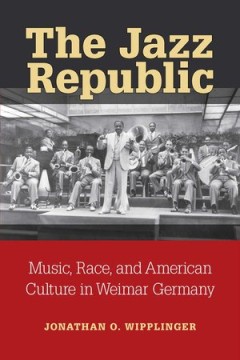
The Jazz Republic: Music, Race, and American Culture in Weimar Germany
The Jazz Republic examines jazz music and the jazz artists who shaped Germany’s exposure to this African American art form from 1919 through 1933. Jonathan O. Wipplinger explores the history of jazz in Germany as well as the roles that music, race (especially Blackness), and America played in German culture and follows the debate over jazz through the fourteen years of Germany’s first democ…
- Edition
- -
- ISBN/ISSN
- 9780472073405
- Collation
- -
- Series Title
- -
- Call Number
- 780
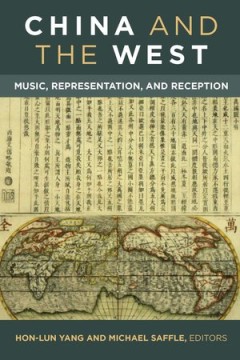
China and the West: Music, Representation, and Reception
China and the West: Music, Representation, and Reception is the first book to explore how Chinese and Western musical materials and traditions— those involving instruments, melodies, rhythms, staged diversions (including operas and musical comedies), concert works, film scores, and digital recordings of several kinds— have gradually moved closer together and become increasingly accepted, as…
- Edition
- -
- ISBN/ISSN
- 9780472130313
- Collation
- -
- Series Title
- -
- Call Number
- 780
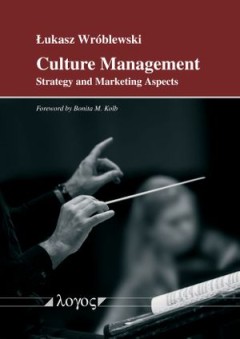
Culture Management: Strategy and marketing aspects
"Dr Lukasz Wroblewski's book Culture Management: Strategy and Marketing Aspects clearly recognises that the pressures on the cultural sector in the 21st Century are greater than ever before. Based on robust academic research within a practical industry context, this book addresses all the key issues related to marketing strategy and planning for the cultural industries. It will be an invaluable…
- Edition
- -
- ISBN/ISSN
- 9783832543785
- Collation
- -
- Series Title
- -
- Call Number
- 780

Contemporary Carioca: Technologies of Mixing in a Brazilian Music Scene
Brazilian popular music is widely celebrated for its inventive amalgams of styles and sounds. Cariocas, native residents of Rio de Janeiro, think of their city as particularly conducive to musical mixture. Contemporary Carioca introduces a generation of Rio-based musicians who collaboratively have reinvigorated Brazilian genres, such as samba and maracatu, through juxtaposition with internation…
- Edition
- -
- ISBN/ISSN
- 9781478091554
- Collation
- -
- Series Title
- -
- Call Number
- 780
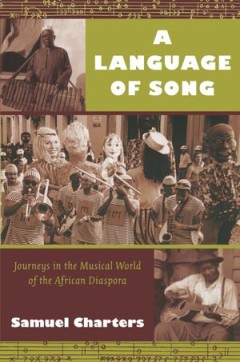
A Language of Song: Journeys in the Musical World of the African Diaspora
In A Language of Song, Samuel Charters—one of the pioneering collectors of African American music—writes of a trip to West Africa where he found “a gathering of cultures and a continuing history that lay behind the flood of musical expression [he] encountered everywhere . . . from Brazil to Cuba, to Trinidad, to New Orleans, to the Bahamas, to dance halls of west Louisiana and the great c…
- Edition
- -
- ISBN/ISSN
- 9780822343585
- Collation
- -
- Series Title
- -
- Call Number
- 780

Improvisation and Social Aesthetics
Addressing a wide range of improvised art and music forms—from jazz and cinema to dance and literature—this volume's contributors locate improvisation as a key site of mediation between the social and the aesthetic. As a catalyst for social experiment and political practice, improvisation aids in the creation, contestation, and codification of social realities and identities. Amon…
- Edition
- -
- ISBN/ISSN
- 9780822361787
- Collation
- -
- Series Title
- -
- Call Number
- 780
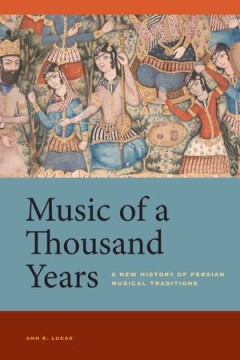
Music of a Thousand Years: A New History of Persian Musical Traditions
Iran’s particular system of traditional Persian art music has been long treated as the product of an ever-evolving, ancient Persian culture. In Music of a Thousand Years, Ann E. Lucas argues that this music is a modern phenomenon indelibly tied to changing notions of Iran’s national history. Rather than considering a single Persian music history, Lucas demonstrates cultural dissimilarity an…
- Edition
- -
- ISBN/ISSN
- 9780520972032
- Collation
- -
- Series Title
- -
- Call Number
- 780
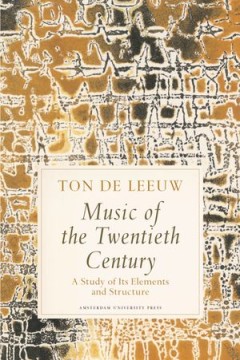
Music of the Twentieth Century
Ton de Leeuw (1926-96) is probably one of the most influential composers at the crossroads between Eastern philosophy and Western technique. A one-time pupil of Olivier Messiaen's in Paris, throughout the latter years of his musical career he concentrated on the marriage of Western emphasis on action and tension, and the ethical function of music in Eastern traditions. The musical world of the …
- Edition
- -
- ISBN/ISSN
- 9789053567654
- Collation
- -
- Series Title
- -
- Call Number
- 780

Modernizing Composition: Sinhala Song, Poetry, and Politics in Twentieth-Cent…
The study of South Asian music falls under the purview of ethnomusicology, whereas that of South Asian literature falls under South Asian studies. As a consequence of this academic separation, scholars rarely take notice of connections between South Asian song and poetry. Modernizing Composition overcomes this disciplinary fragmentation by examining the history of Sinhala-language song and poet…
- Edition
- -
- ISBN/ISSN
- 9780520967755
- Collation
- -
- Series Title
- -
- Call Number
- 780
 Computer Science, Information & General Works
Computer Science, Information & General Works  Philosophy & Psychology
Philosophy & Psychology  Religion
Religion  Social Sciences
Social Sciences  Language
Language  Pure Science
Pure Science  Applied Sciences
Applied Sciences  Art & Recreation
Art & Recreation  Literature
Literature  History & Geography
History & Geography